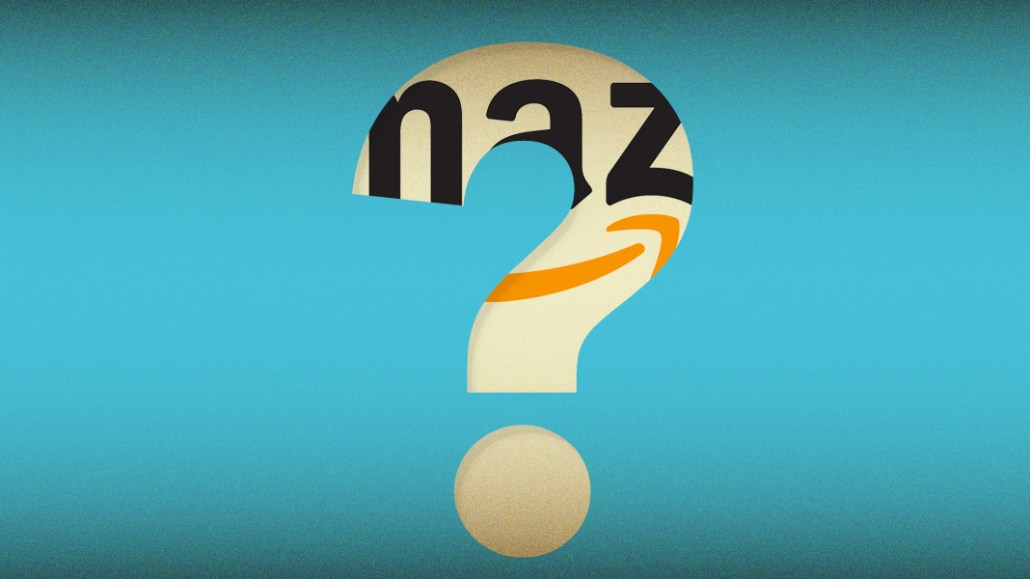
To take his nascent subscription box business, “Best Stuff,” to the next level, GQ digital gm Rob Dechiaro is hoping to increase sales by selling them through Subscribe with Amazon starting in the second half of 2018.
“For me to get bigger, the only way is to partner with brands like Amazon or others,” Dechiaro said.
The “Best Stuff” box aligns with the direction of a program that has pivoted away from digital products toward physical goods like boxes. The retail giant started the program in April 2017 as a self-serve marketplace for subscriptions, with buy-in from companies including Sling TV and Headspace, as well as publishers including Condé Nast and News Corp.
Publishers that relied on it to move print subscriptions or had affiliate commerce relationships with Amazon salivated. Amazon has a long history of selling print magazine subscriptions. More recently, it has proven an able partner for OTT networks looking to build their audiences. It also boasts an enormous consumer base; 49 percent of U.S. consumers begin their online shopping on Amazon, according to a 2017 Survata study.
One year in, the results have been mixed. Some participants say that the program has been a key source of subscribers; others say it’s had a negligible effect. Of the program’s 17 current participants, only three remain from the original launch, Amazon said.
That’s good news for publishers like GQ or Allure, which sell boxes in a subscription format. But it also suggests an uncertain future for publishers that might have hoped to sell digital subscriptions through the e-commerce giant.
“It’s still in its infancy,” said Liz Cadman, the editor of My Subscription Addiction, a publisher that focuses on subscription box ecosystem.
The slow launch hasn’t dimmed the optimism of new participants. “They’re going ahead with the ones they think have the best shot at success,” said Charlie Ritchie, the founder of Tea Runners, a subscription box that’s still being on-boarded into the program after Amazon reached out this past fall.
Amazon’s pivot to physical goods has greatly reduced the number of companies it might approach. But it’s not clear how wide a net the company has cast. While Amazon said it continues to contact potential participants, Cadman said outreach to the subscription box community has been minimal.
Amazon vets prospective participants by looking at applicants’ sample boxes, said two sources familiar with the process. Participants are also told that they have to have the ability to deliver on a growing number of boxes. According to one participant, that should be as many as 1,000 new subscribers per month.
Participants get featured across Amazon, which could include the homepage, deal of the day and newsletters, which go to over 300,000 people. Boxes could also be promoted to users who search for related products, according to three executives participating in the program.
Amazon gets a 15 percent cut of each transaction, as well as a transaction fee. Amazon took a 30 percent cut in the first year of the program, then 15 percent in each following year.
Along with questions around Amazon’s commitment to grow the program, some participants are using it cautiously. Take customization options. Customers that sign up for the beauty subscription box Julep through Julep can customize the contents of their box every month, which they can’t do if they sign up through Amazon.
And for all of Amazon’s scale, some participants acknowledge that it can’t be treated as the principal channel of acquiring new customers. One executive at a company participating in the program said that while Subscribe with Amazon has been a healthy source of new subscribers, there were better channels to find people who were diehard devotees of those products.
Platforms including Google, Facebook and Apple have all taken steps recently to help publishers sell digital subscriptions, but it’s unclear if Amazon will follow suit. Content isn’t the main reason people use Amazon (though Amazon is experimenting with incorporating publisher content), so it’s hard for publishers to sell subscriptions there.
“In a shopping environment, you can’t sample [content],” said Patrick Glennon, the founder of Marketing G2. “There’s a lot more sampling that needs to happen before there’s an actual purchase.”
The biggest challenge with Subscribe with Amazon — along with every other middleman — is who owns the customer. “The big value of a subscription company is having a direct consumer relationship,” said Robbie Kellman Baxter, the founder of the consultancy Peninsula Strategies. “When you work with Amazon, you’re going to an aggregator, and you’re giving up one of the huge benefits, which is that direct relationship.”
For companies that are already experienced at selling subs, the program still has appeal for Amazon’s credibility and reach, though, Kellman Baxter said.
More in Media

What publishers are wishing for this holiday season: End AI scraping and determine AI-powered audience value
Publishers want a fair, structured, regulated AI environment and they also want to define what the next decade of audience metrics looks like.

Media giant Essence launches a marketplace for Black women-led brands
Essence has launched WeLoveUs.shop, a new online marketplace dedicated to Black women-led brands.

In Graphic Detail: The state of AI referral traffic in 2025
The stats reveal a new audience pipeline forming outside of traditional search and social platforms.





